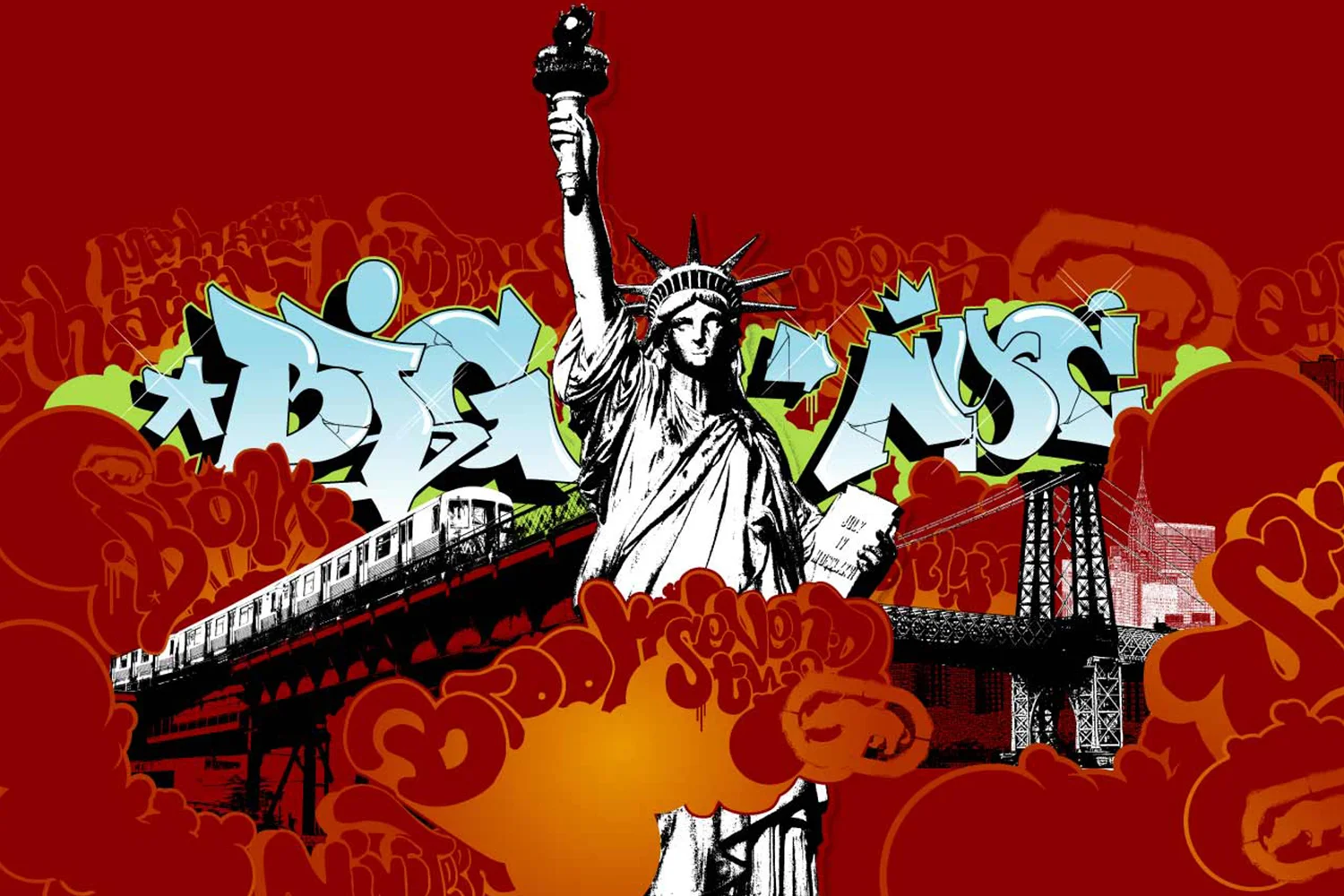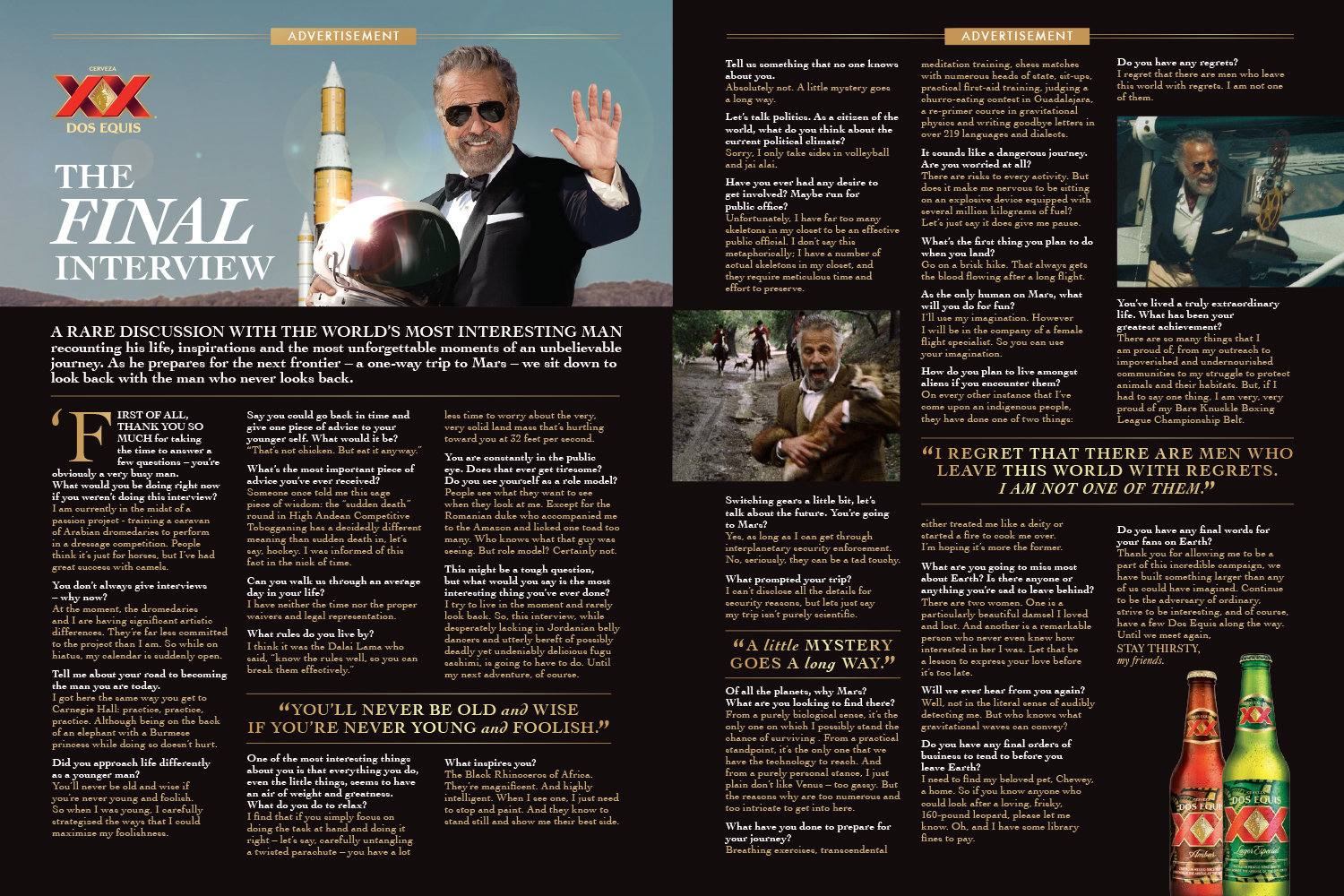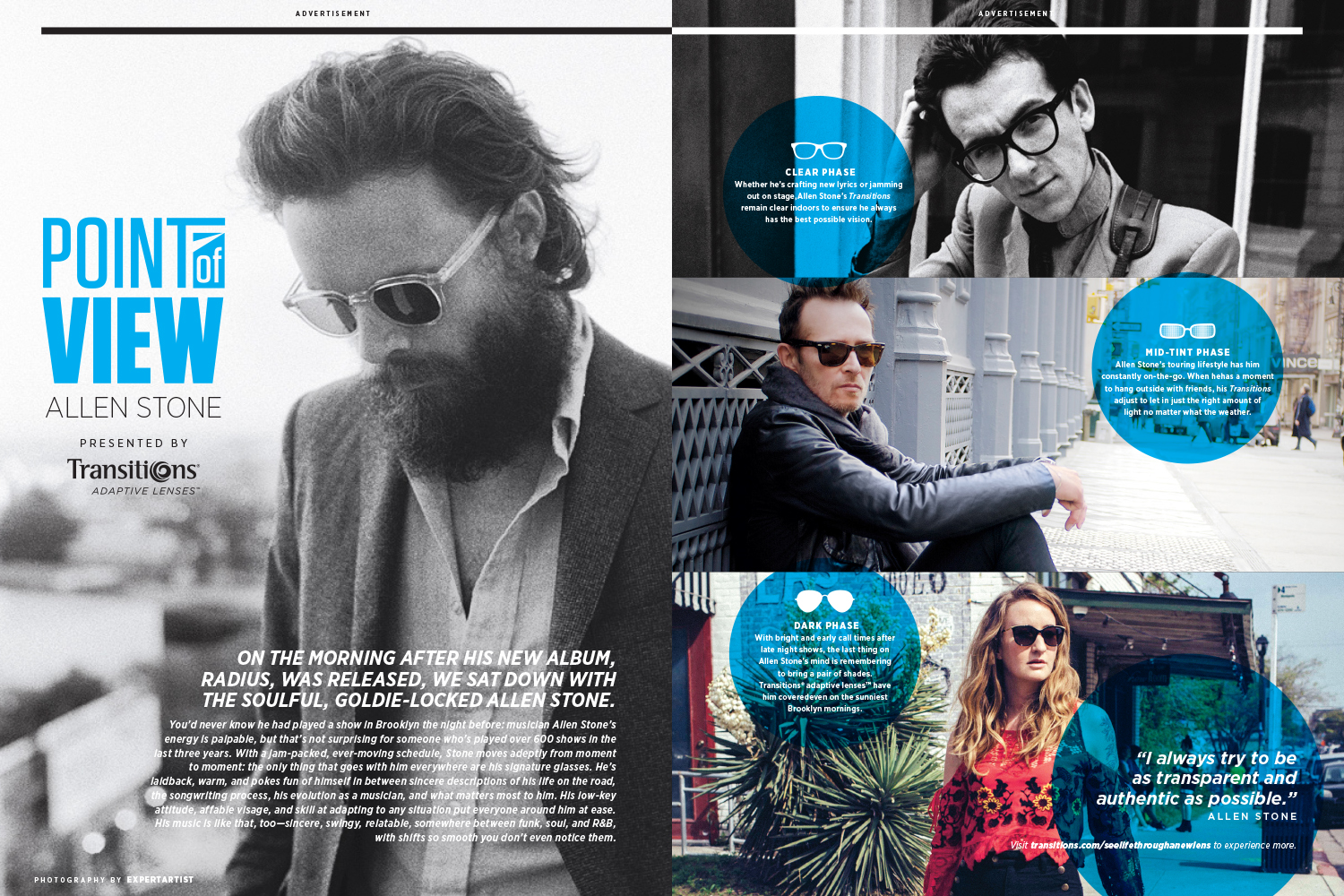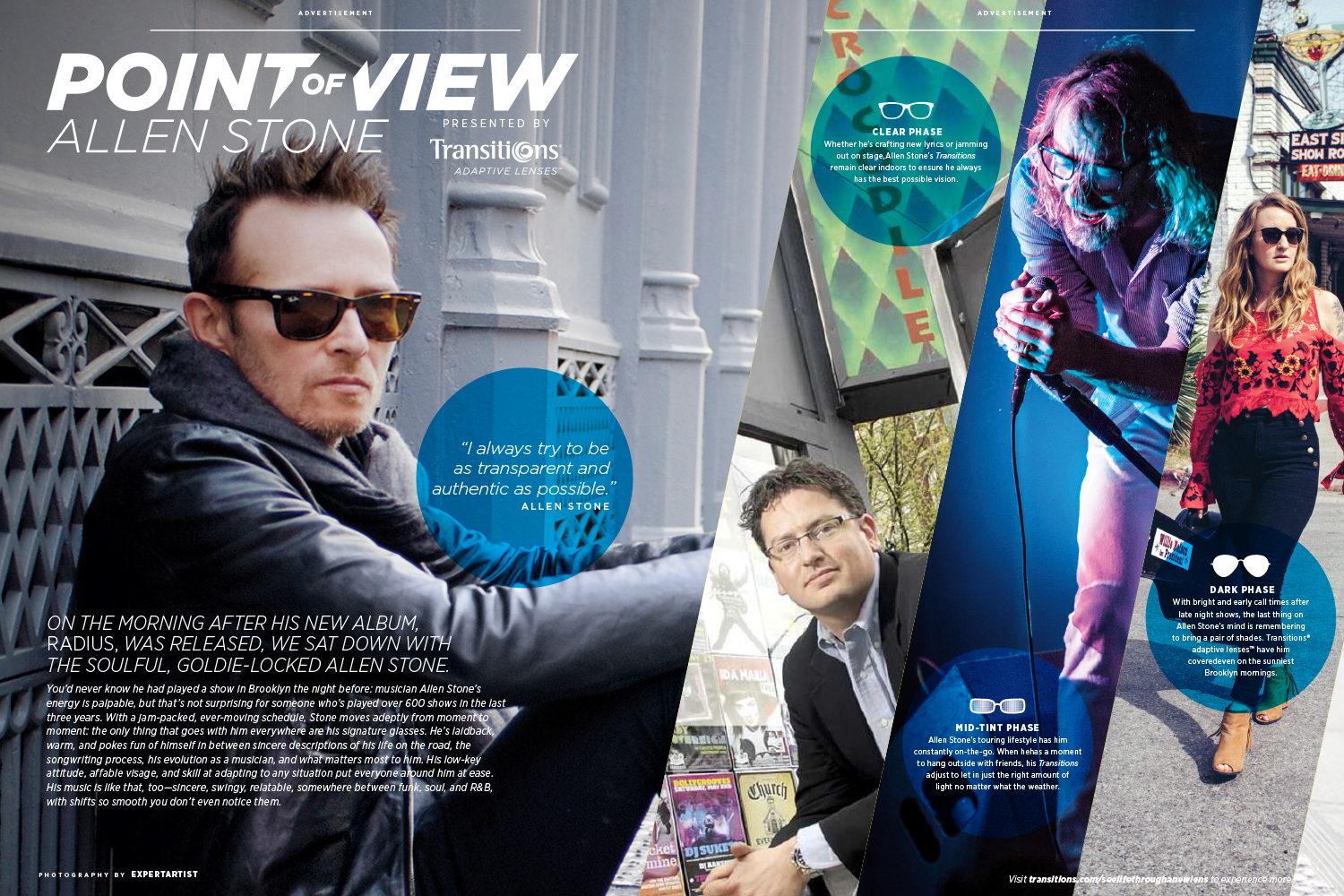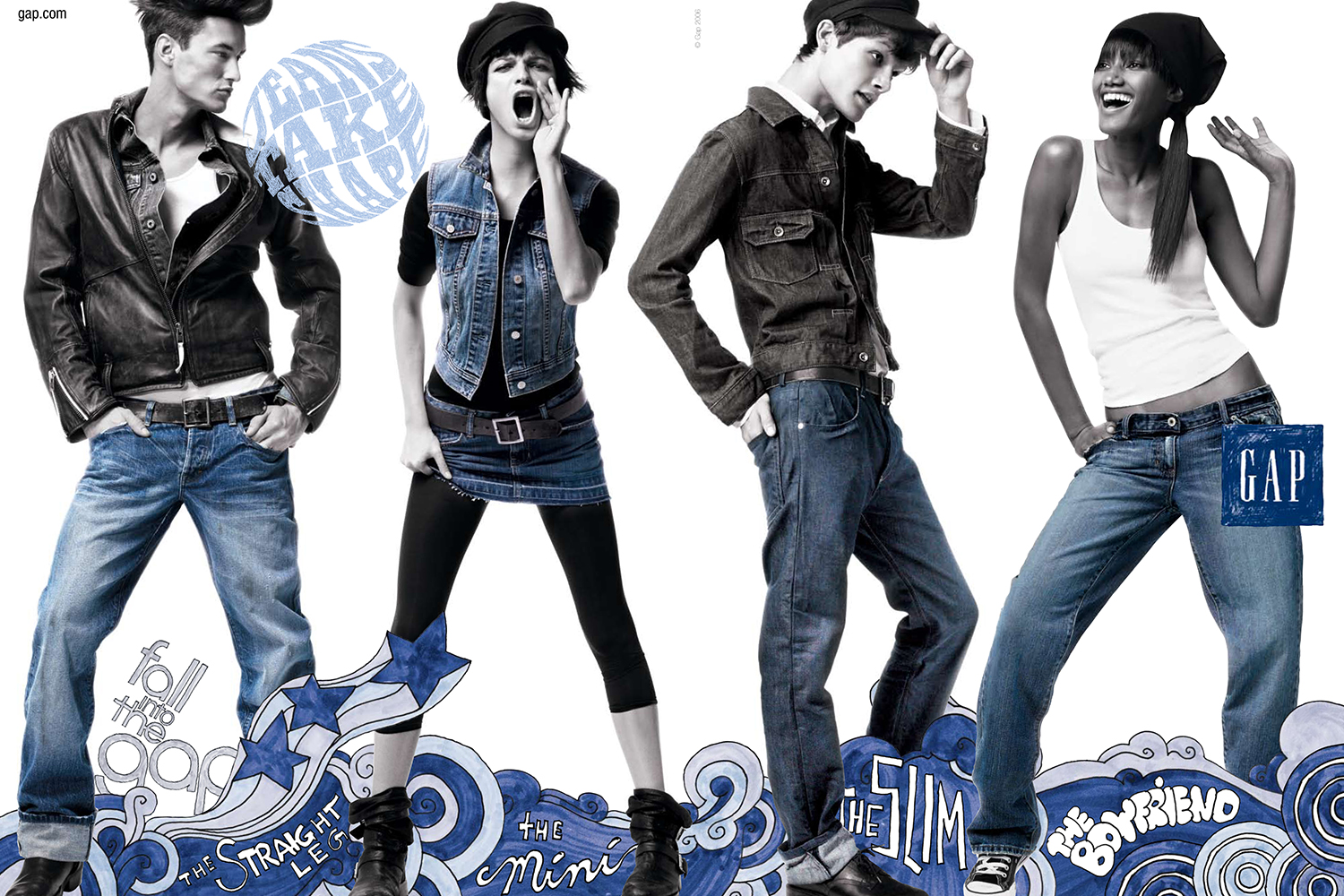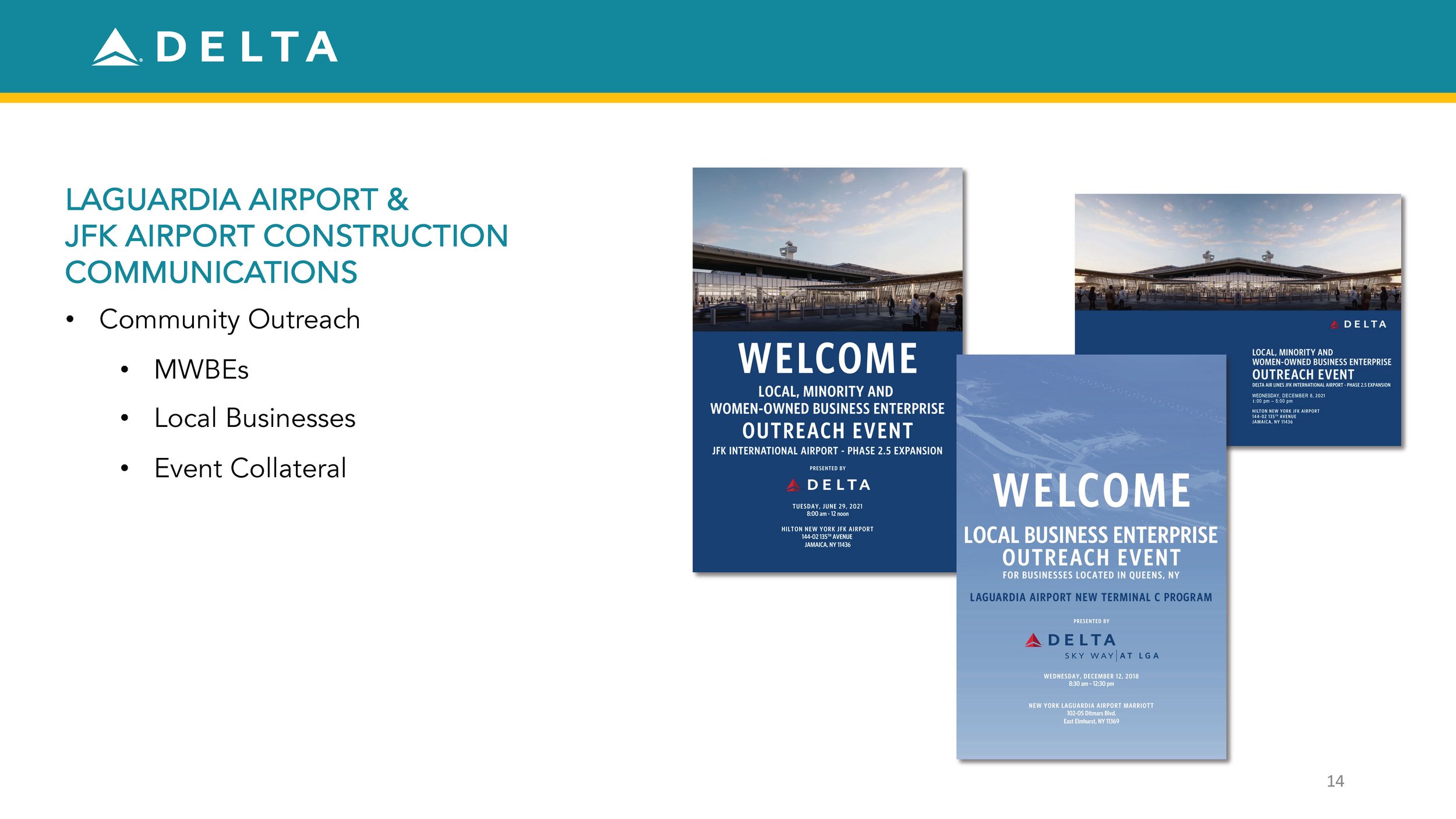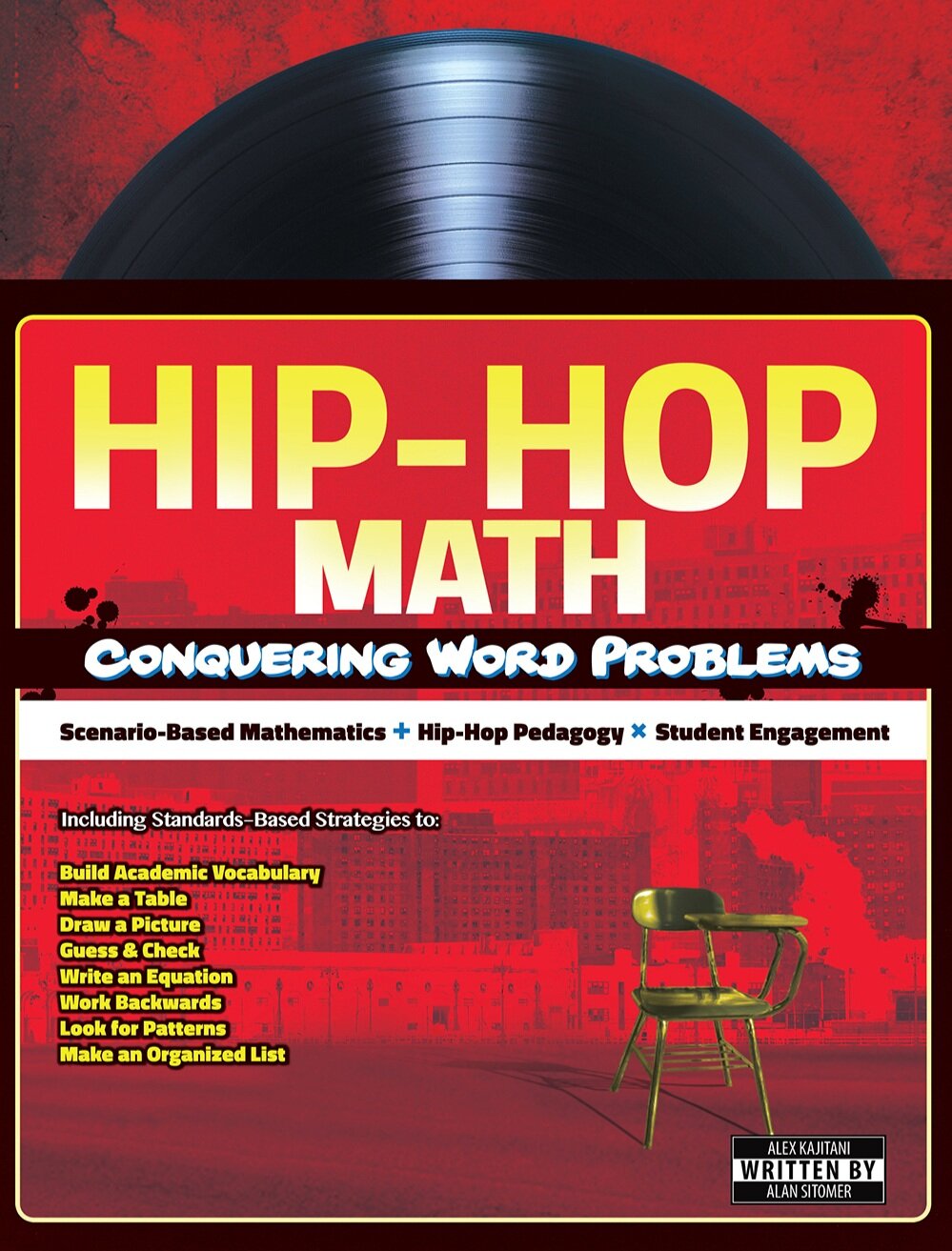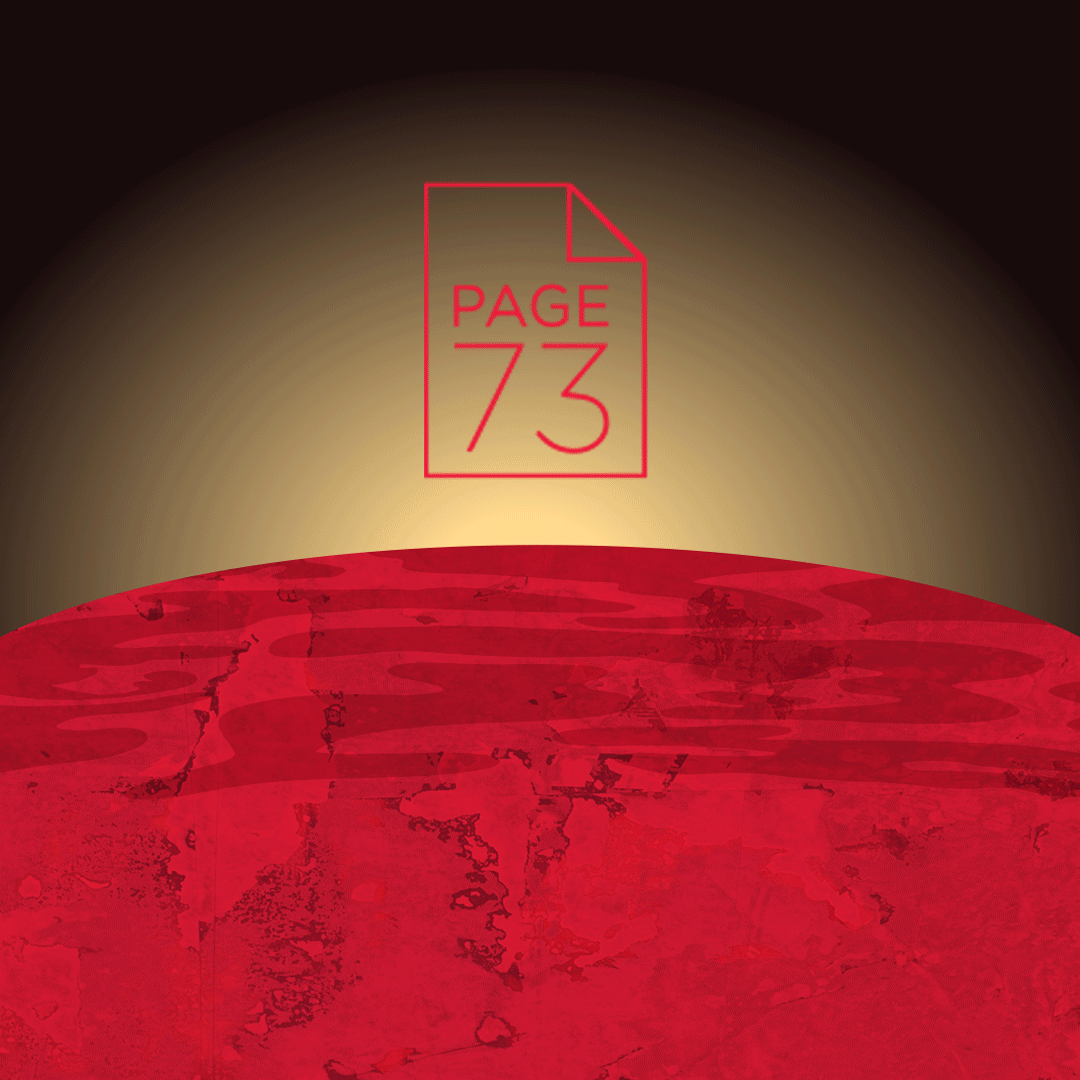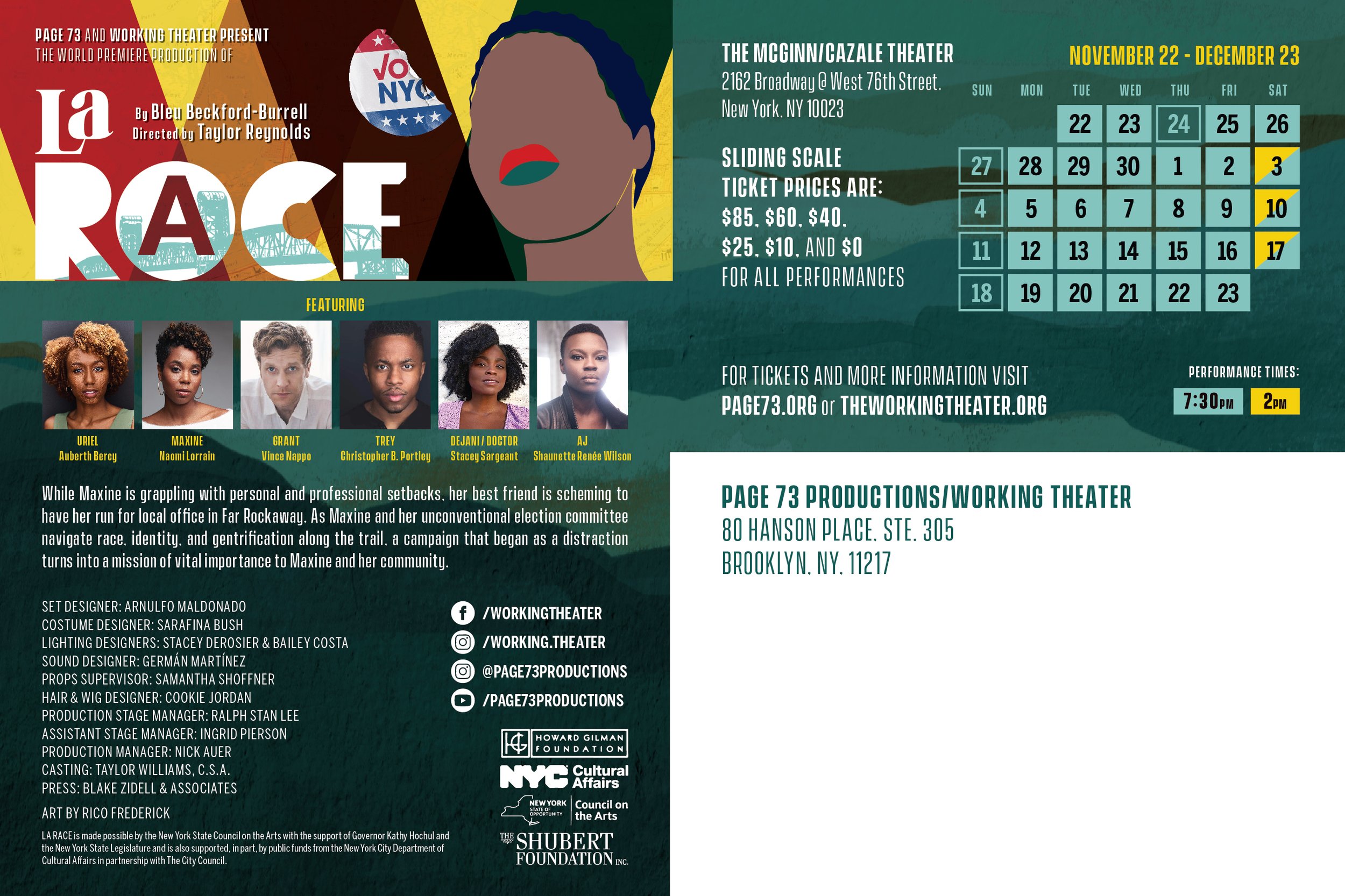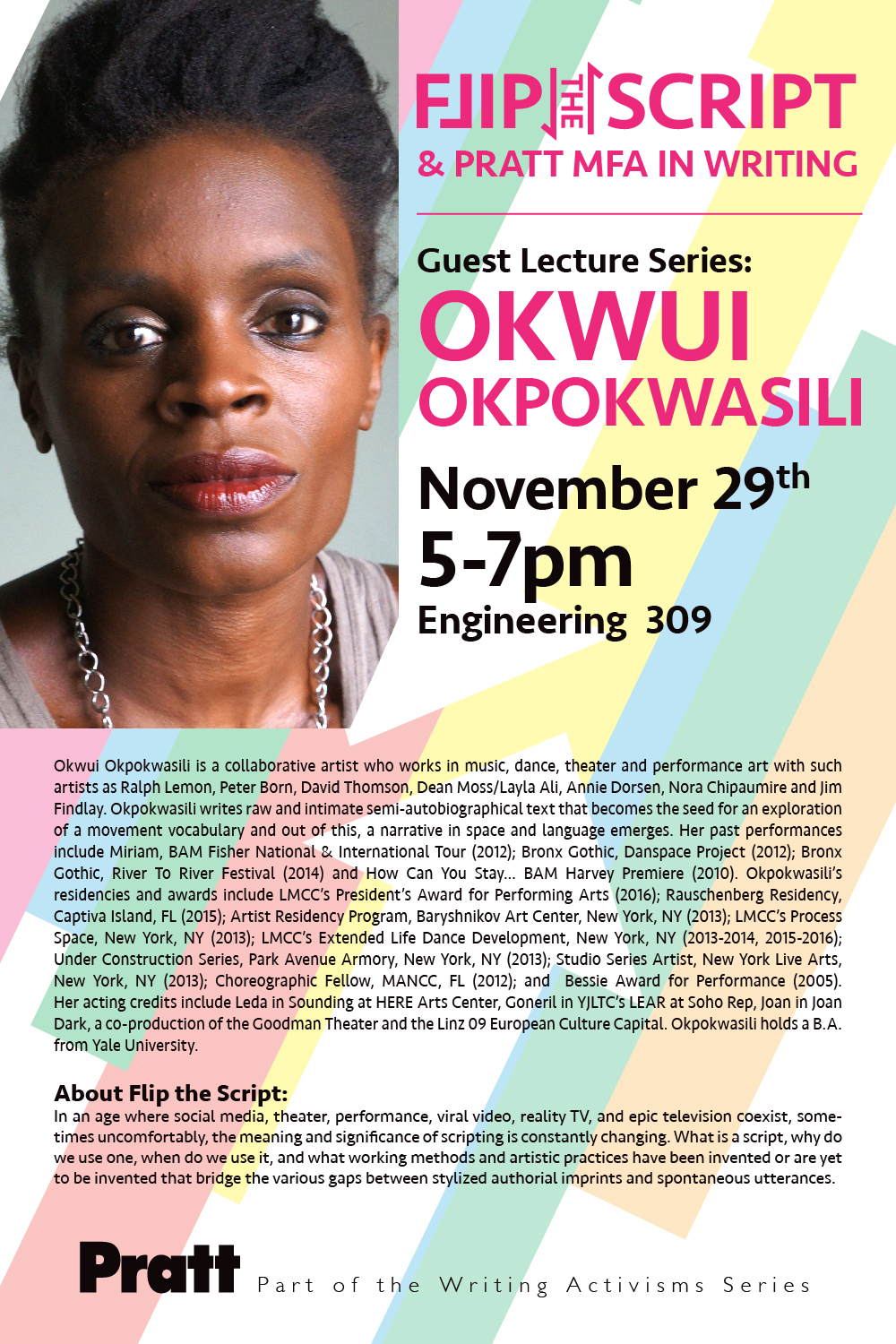FEAST On Our FAMINE
PRATT Institute – MFA in Writing (Thesis on Design)
Graphic Designer/Visual Art Installation
RESEARCH
This artwork imagines a historically imperial FEAST on the FAMINE of Africanism, the blk ingenuity of survival. It uses a cross-section of the Harlem Renaissance (Langston Hughes quotes) + Trinidadian-West Indian dialect with modern-day texting linguistics to highlight the author’s intersectionality within current times as a form of self-preservation. I designed this place setting to further ask the questions: Who has a seat at the table? Why do generations of blk folk know how to set this table but may never have a seat at it? How many people suffer at this Feast On Our Famine? What are the economic, social + emotional cost of blk death for all in America?
PROJECT
Poetry is transformed into a dinner setting designed around the beautification + elitism of colonial capitalism + the effect it has had + continues to have on African-Americans through the viewpoint of a West Indian American, living in the U.S. for over twenty years.
The concept started with a three-poster document, designed in Illustrator using Photoshop + finalized in InDesign in the spring of 2017. Then a critique discussion was had with M.F.A.cohorts + professors as to the implications + implementation of the design as an installation. Converting the poster into an actual life-size place setting was the outcome. It was my goal to create an art installation, to inter-activate the production of ceramic plates by producing decals that were applied to the plates + fired to complete the final dishware. Audio + poetry added by light-activated sound modules. Also, produced were fabric napkins made to look-like hundred-dollar bills.
OVERVIEW
Problem-solving as an access point to mobilizing myself, various people, movements, + creative situations are the catalysts for my inventions. I treat writing + the table “Feast On Our Famine,” which in itself is a poem, as a picture frame wherein people can digest a penned narrative developed to help picture emotionally charged artwork. I do not demand that someone fix my problems, but rather help me plot positive predictions for a better outlook; e.g., if I plan to manufacture these poems decorated on ceramic plates, projected on walls, printed on fabrics, etched in wood, letterpress on patch paper. I ask the questions: “Could you chat with me briefly about how ‘you’ would approach this project with your particular skills as a guide?”
ARTIST STATEMENT
As an artist, I straddle two worlds: I am a graphic designer and poet who strives to amplify the visual discussion between words and images, fusing illustrations, fonts, and graphics to engage the reader the way a storyteller from my homeland of Trinidad would. Poetry to me is skillfully moving language to tell one’s history emotionally, sonically, physically, and verbally. My intention is to change the focus on black men’s and women’s experiences from icons of death to humans–being. I want to contribute works centered around empowering positive conversations about our commonality as people and innovators of social advocacy. I treat writing in dialect + the interactive table “Feast On Our Famine,” which in itself is a poem, as a picture frame wherein people can digest a penned narrative developed to help focus my emotionally charged artwork. Problem-solving as an access point to mobilizing myself, various audiences, movements, + creative situations are the catalysts for my inventions. I do not demand that someone fix my problems, but rather help me plot positive predictions for a better outlook, e.g., if I plan to manufacture these poems decorated on ceramic plates, projected on walls, printed on fabrics, etched in wood, letterpress on patch paper. I ask the questions: “Could you chat with me briefly about how ‘you’ would approach this project with your particular skills as a guide?” My current work transforms my original poetry into a dinner setting designed around the beautification and elitism of colonial capitalism and the effect it has had and continues to have on African Americans through the viewpoint of a West Indian American, living in the U.S. for over twenty years. Asking the primary question: Who has a seat at this table and who determines our place setting?
“Teach me how you would un-complicate this joy I’m messin’ with?”






